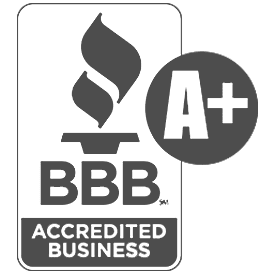How Much Down Payment Do You Need to Buy a Home?
The down payment is one of the most critical aspects of buying a home. It not only influences your mortgage terms but also affects your overall financial stability. Understanding how much down payment you need, and the options available to you, can make a significant difference in your home-buying experience. This guide will help you navigate the various factors to consider when determining your down payment.
1.Understanding Down Payments:
A down payment is the initial payment you make when purchasing a home. It’s a percentage of the home’s purchase price, and the amount you pay can vary based on the type of loan you choose.
Down Payment Options:
-
20% Down Payment: Traditionally, this amount helps you avoid PMI and secure better loan terms.
-
10% Down Payment: Allows you to buy a home with a smaller initial investment, though PMI is typically required.
-
3-5% Down Payment: Certain loans, like FHA and some conventional loans, allow for a smaller down payment, making homeownership more accessible.
2.Why Down Payment Size Matters:
The size of your down payment plays a crucial role in determining your mortgage loan terms, including your interest rate and monthly payments.
Impact of Down Payment:
-
Interest Rates: A higher down payment often results in a lower interest rate, reducing the overall cost of the loan.
-
PMI: If your down payment is less than 20%, you’ll likely need to pay PMI, which can add to your monthly expenses.
-
Equity: A larger down payment gives you more equity in your home from the start, providing a financial cushion.
3.Loan Types and Down Payment Requirements:
Different types of loans have varying down payment requirements. Knowing your options can help you choose the right mortgage for your financial situation.
Loan Options:
-
Conventional Loans: Often require at least 5% down, but some options are available with as little as 3% down.
-
FHA Loans: Designed for first-time homebuyers, these loans require a minimum of 3.5% down.
-
VA Loans: Offer 0% down for veterans and active-duty service members, making homeownership more accessible.
4.How to Save for a Down Payment:
Saving for a down payment is a significant challenge, but with the right strategy, it’s achievable.
Tips for Saving:
-
Set a Savings Goal: Determine how much you need and create a savings plan to reach that goal.
-
Reduce Debt: Paying off existing debts can free up more money to put towards your down payment.
-
Down Payment Assistance: Look into local, State and Federal programs that offer financial help to first-time homebuyers.
5.The Role of Down Payment Assistance:
Down payment assistance programs can provide a critical boost to your savings, helping you reach your goal faster and with less financial strain.
Types of Assistance:
-
Grants: Non-repayable funds that can be used toward your down payment.
-
Low-Interest Loans: Loans specifically designed to help with down payments, often with favorable terms.
Conclusion:
Determining how much down payment you need is a key step in your home-buying journey. Whether you’re aiming for a higher down payment to secure better terms or taking advantage of low down payment options, understanding your choices and preparing financially will set you on the path to successful homeownership. Don’t forget to explore down payment assistance programs that may be available to help you achieve your goal.




